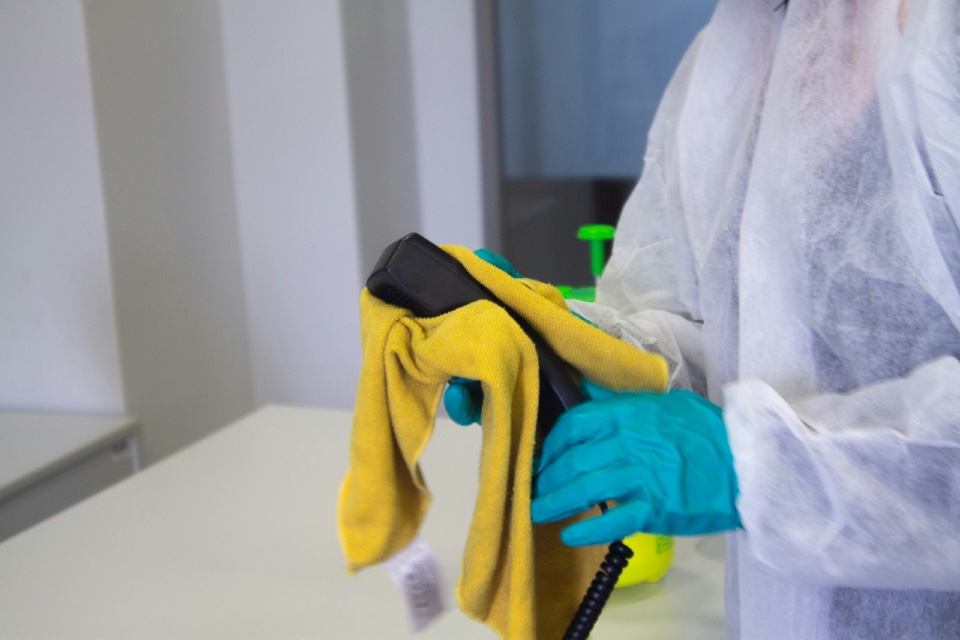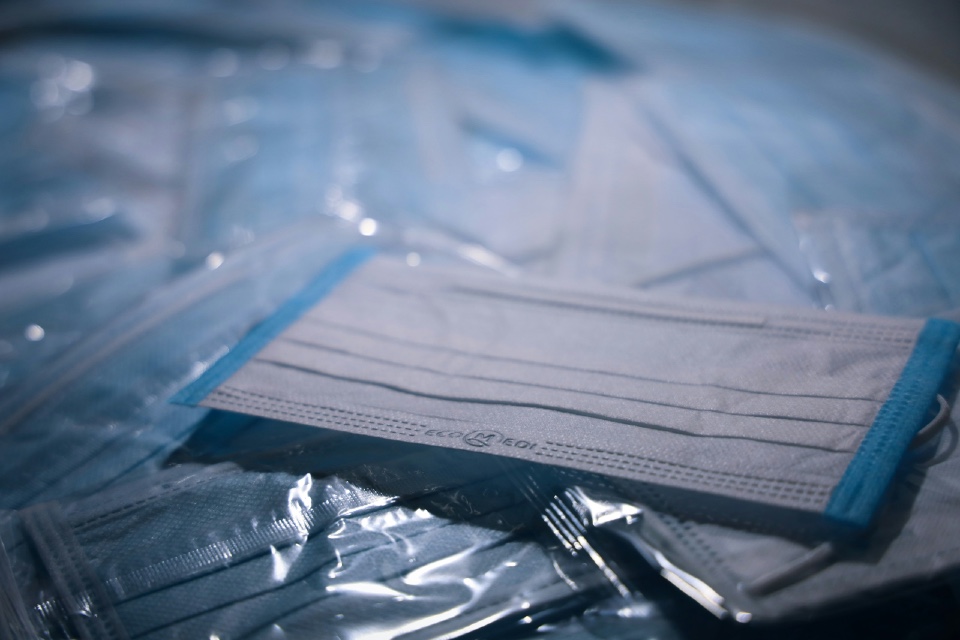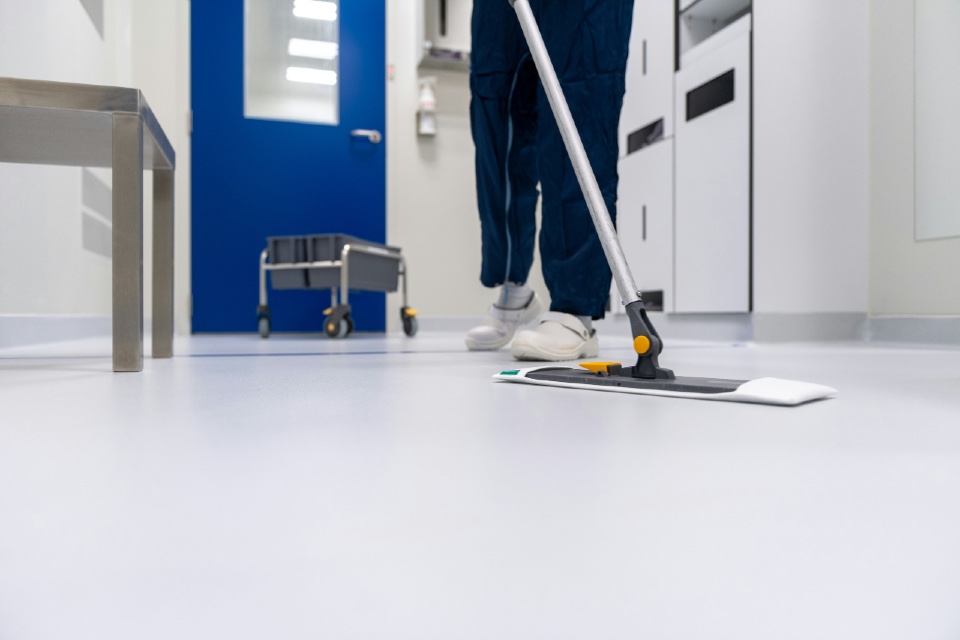The global pandemic has underscored the critical importance of infection control in care settings. Care homes in the UK, housing some of the most vulnerable members of society, have been thrust into the spotlight. As they adapt to this new reality, several key trends are emerging in infection control measures. As part of this month’s special focus on infection control, we take a look at some key trends…
Firstly, enhanced cleaning and sanitisation protocols have become the norm. This includes more frequent and thorough cleaning of shared spaces and high-touch surfaces using disinfectants effective against a wide range of pathogens. Some care homes are also exploring innovative cleaning technologies, such as ultraviolet light and electrostatic sprayers, for additional protection.
Another significant trend is the widespread adoption of Personal Protective Equipment (PPE). Staff are now trained to use PPE appropriately, and its usage has expanded beyond clinical staff to include all care home employees. This trend is likely to continue, with PPE becoming an integral part of care home operations.
Telehealth is also rising in prominence. By facilitating remote consultations, it reduces the risk of infection transmission through in-person visits. It also ensures residents continue to receive necessary medical attention. Telehealth extends beyond clinical care, enabling virtual interactions with family members, thus maintaining vital social connections while minimising infection risk.
Furthermore, care homes are increasingly implementing robust testing protocols. Regular testing of residents and staff helps detect cases early, facilitating timely isolation and treatment. Rapid antigen tests and PCR tests have become routine, aiding in the quick identification of asymptomatic carriers and preventing outbreaks.
Ventilation improvements are another trend, as it’s recognised that well-ventilated spaces can reduce the risk of airborne transmission of viruses. Care homes are investing in improving ventilation systems, or using air purifiers with HEPA filters to cleanse the air of potential pathogens.
Lastly, care homes are focusing on training and education, recognising that effective infection control relies on the knowledge and behaviour of each individual. Training programs cover topics like correct hand hygiene, use and disposal of PPE, and protocols to follow in the event of an outbreak.
The trends shaping infection control in UK care homes are reflective of a broader global response to the health crisis. These practices, born out of necessity, are likely to become embedded in the standard operating procedures of care homes.
They signify a shift towards an increasingly cautious, proactive approach, with the ultimate goal of safeguarding the health and wellbeing of care home residents and staff in a post-pandemic world.
Are you looking for infection control solutions for your care home? Make sure you attend the care Forum this November!






